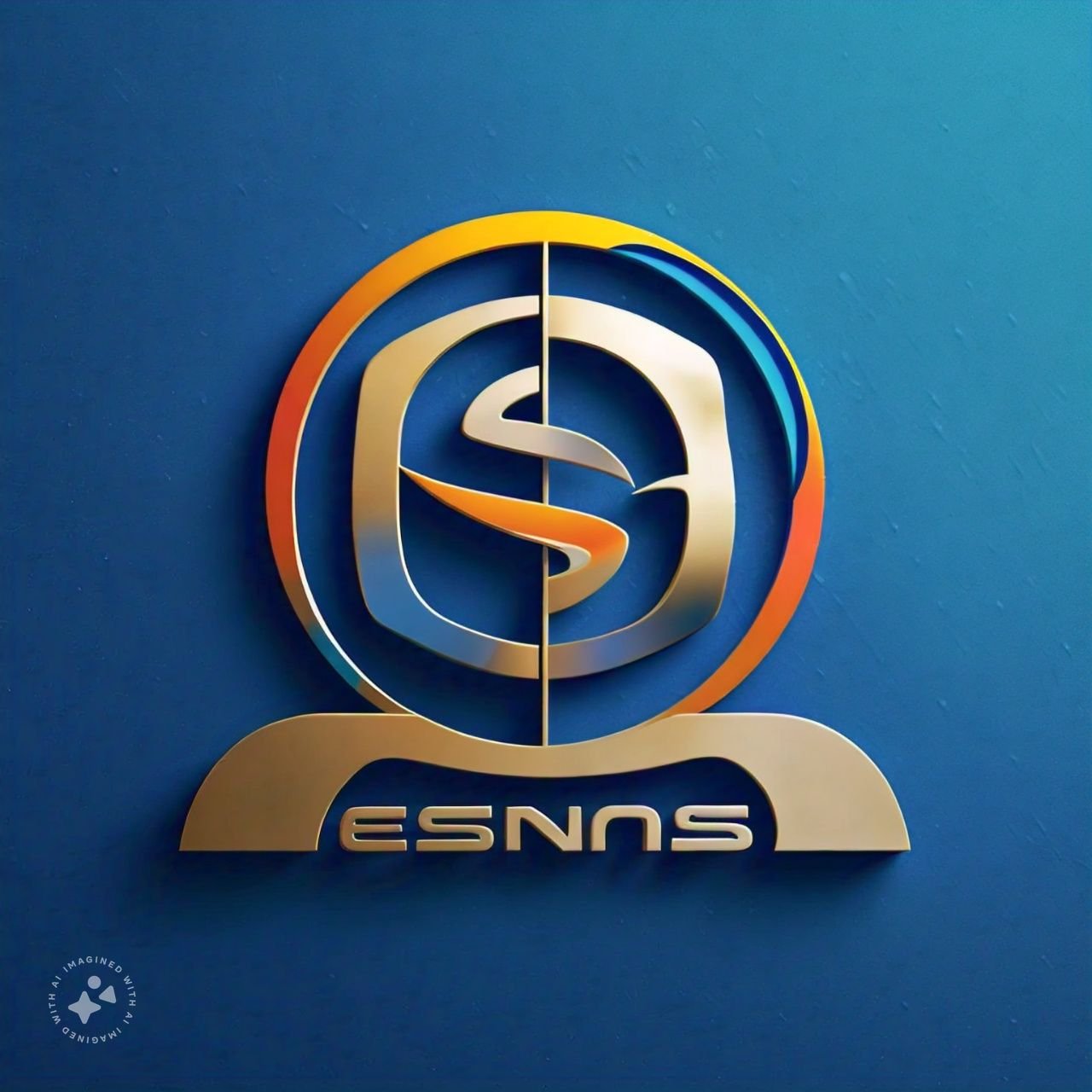Introduction
Translation is an activity as old as communication itself. From early civilizations when people needed to understand each other despite linguistic barriers, translation has played a fundamental role in the development of multicultural societies. As the world has become more interconnected, the demand for translation has grown exponentially, affecting not only personal communication but also business, diplomacy, literature, and science. This article explores the history of translation, its importance in today’s society, the different types of translation, and the tools and technologies that have transformed this practice.
The History of Translation
The history of translation dates back thousands of years. The earliest evidence of translation can be found in Sumerian inscriptions and texts from ancient Egypt, where there was a need to translate writings between different languages. One of the most famous examples is the Sumerian Tablet, which contains translations from Sumerian to Akkadian.
During ancient Greece, translation gained prominence, especially in the literary and philosophical realms. Philosophers like Plato and Aristotle discussed the importance of translation, and the works of Homer were translated into various languages. However, it was during the Roman Empire that translation was formalized as a discipline. Romans translated Greek works into Latin, helping preserve and disseminate classical knowledge.
The Middle Ages brought about the translation of religious texts, particularly the Bible. Translating the Bible into vernacular languages was a milestone in the history of translation, having a lasting impact on religion, literature, and education.
Importance of Translation in Modern Society
In today’s globalized world, translation is more relevant than ever. Businesses looking to expand into international markets rely on translation to communicate effectively with their customers. Translation is also crucial in the field of diplomacy, where agreements and treaties must be understood and accepted by all parties involved.
- Global Communication: Translation allows people from different cultures and languages to communicate. In a world where migration and tourism are on the rise, translation helps overcome language barriers and fosters understanding among people.
- Economic Growth: For companies aiming to enter new markets, translation is essential for marketing, product information, and customer service. Localizing content helps businesses resonate with local audiences and comply with regional regulations.
- Cultural Exchange: Translation facilitates the exchange of ideas and cultures. Literary works, films, and music are often translated to reach wider audiences, enriching cultural experiences and fostering mutual respect.
- Access to Knowledge: Translation is vital in academia and research. It allows scholars to access and share knowledge across linguistic boundaries, promoting collaboration and innovation.
Types of Translation
Translation can be categorized into several types, each serving a specific purpose:
- Literary Translation: This type involves translating literary works such as novels, poetry, and plays. Literary translators must not only convey the meaning but also capture the style, tone, and nuances of the original text.
- Technical Translation: This focuses on specialized fields such as engineering, IT, and medicine. Technical translators must understand the subject matter and use industry-specific terminology accurately.
- Legal Translation: Legal translation involves translating documents related to the law, such as contracts, court documents, and statutes. Precision and accuracy are crucial in this field to avoid legal disputes.
- Website Localization: As businesses expand globally, website localization has become increasingly important. This involves adapting content not just linguistically but also culturally, ensuring it resonates with the target audience.
- Interpretation: Unlike translation, which deals with written texts, interpretation involves converting spoken language from one language to another in real time. This is commonly used in conferences, meetings, and legal proceedings.
Tools and Technologies in Translation
The translation industry has undergone significant changes with the advent of technology. Modern translators now use various tools and software to enhance their productivity and accuracy:
- Computer-Assisted Translation (CAT) Tools: These tools help translators work more efficiently by providing features such as translation memory (TM) and glossaries. CAT tools store previously translated segments, allowing translators to reuse them in future projects.
- Machine Translation (MT): Machine translation uses algorithms and artificial intelligence to translate text automatically. While MT has improved significantly, it is often used in conjunction with human translators to ensure accuracy and fluency.
- Translation Management Systems (TMS): TMS platforms streamline the translation process by managing projects, resources, and workflows. They allow teams to collaborate effectively, track progress, and maintain consistency across projects.
- Terminology Management: Tools for managing terminology help translators maintain consistency in specialized language. This is particularly important in technical and legal translations, where precise wording is crucial.
- Quality Assurance (QA) Tools: QA tools help identify errors, inconsistencies, and issues in translated texts. They ensure that translations meet the required standards and adhere to client specifications.
Challenges in Translation
Despite the advancements in technology, translation remains a complex and challenging field. Some of the key challenges include:
- Cultural Nuances: Translators must navigate cultural differences that may not have direct equivalents in the target language. This requires a deep understanding of both the source and target cultures.
- Idiomatic Expressions: Idioms and colloquial expressions can be particularly challenging to translate, as their meanings often do not translate literally. Translators must find equivalent expressions that convey the same sentiment in the target language.
- Maintaining Tone and Style: Capturing the author’s tone and style is crucial, especially in literary translations. Translators must balance fidelity to the original text with readability in the target language.
- Volume of Content: In an era of content overload, translators often face tight deadlines and large volumes of text. Managing time efficiently while maintaining quality is a constant challenge.
- Technological Limitations: While technology has enhanced translation processes, it is not infallible. Machine translations may produce errors or lack the subtlety needed for certain texts, necessitating human intervention.
The Future of Translation
The future of translation is likely to be shaped by ongoing advancements in technology, as well as evolving global dynamics. Here are some trends to watch:
- Increased Use of AI: Artificial intelligence will continue to play a significant role in translation. Machine translation will improve, but human translators will remain essential for nuanced and creative texts.
- Focus on User Experience: As businesses recognize the importance of localization, there will be a greater emphasis on creating user-friendly, culturally relevant content that resonates with local audiences.
- Growth of Remote Work: The rise of remote work will allow translators to collaborate with clients and colleagues from around the world, fostering a more diverse and inclusive translation industry.
- Emphasis on Ethical Practices: As awareness of ethical issues in translation grows, such as the need for fair compensation and respect for cultural heritage, the industry may adopt more robust ethical standards.
- Continued Demand for Specialized Translation: As industries evolve, the need for specialized translators in fields like healthcare, technology, and law will increase. Continuous learning and professional development will be essential for translators to stay competitive.
Conclusion
Translation is a vital activity that facilitates communication, fosters cultural exchange, and promotes understanding in an increasingly interconnected world. From its ancient origins to its modern-day applications, translation has shaped societies and enriched lives. As the demand for trans continues to grow, so too will the need for skilled translators who can navigate the complexities of language, culture, and technology. The future of trans holds exciting possibilities, with advancements in AI, user experience, and ethical practices shaping the landscape of this essential field. In a world where effective communication is more important than ever, the role of translators will remain crucial in bridging linguistic and cultural divides.
Feel free to adjust or ask for specific sections or details if needed!

